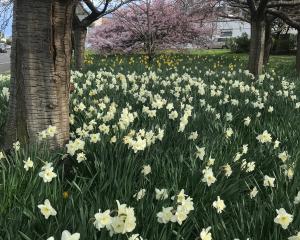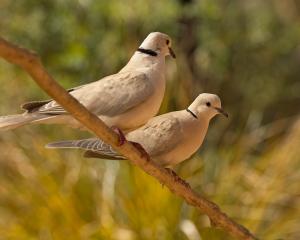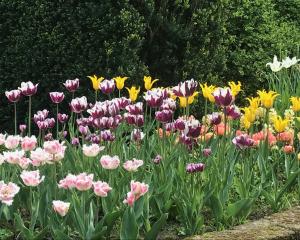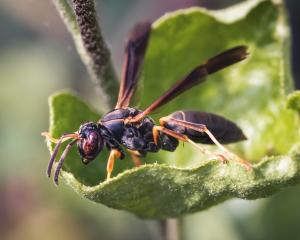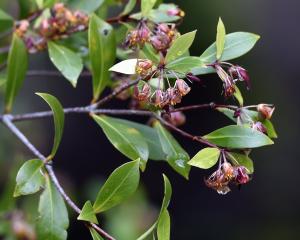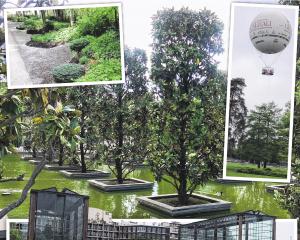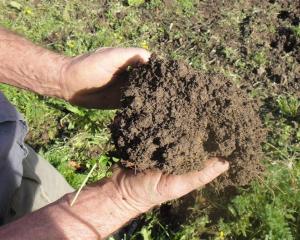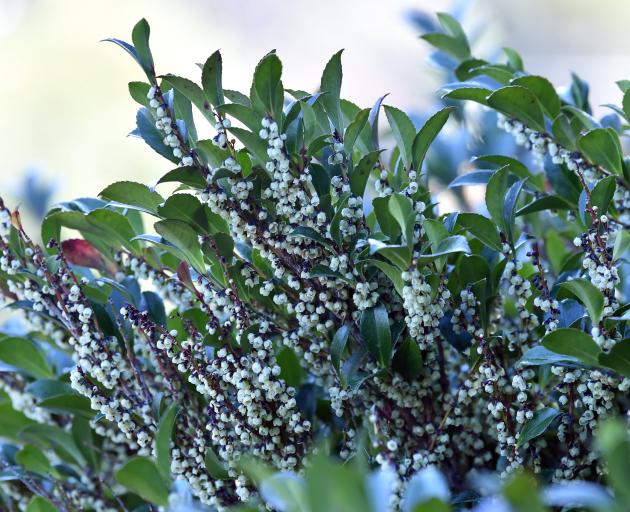
The serrated green leaves are leathery with well-defined herringbone venation, and the flowers are small, cream, bell-shaped and pendulous. Individual shrubs will produce either male or female flowers. If both sexes are growing near each other and pollination takes place the female plants will go on to produce fruit, in the form of shiny black berries.
In 1961, American plant explorer John L. Creech went on a plant collecting expedition to Japan. He took back seed from wild specimens of Eurya japonica, and the resulting seedlings included one which looked different. This plant stood out because of its compact nature and purplish colouring in the leaves. It was also slower growing than the species making it a promising horticultural plant. The specimen was propagated to produce more plants and named Eurya japonica ‘‘Winter Wine'’ then released for sale in the United States in the late 1970s.
The most striking feature of Eurya when flowering is their odour. ‘‘Winter Wine’' is no exception, producing an abundance of malodorous male flowers in late winter, the smell (or stench, depending on your olfactory receptors) wafts for quite some distance and more often smelt before its seen. Peppery or musky to some, to others it’s more like the presence of a nearby decomposing possum carcass.
Come smell it for yourself, this plant is growing on the edge of the rock garden and pathway that leads up the hill from the Lindsay Creek bridge by the cafe.
You can also see this plant on Wednesday October 16 from 5.30pm on a guided tour of the rock garden and themes collection.
Garden Life is produced by Dunedin Botanic Garden. For further information contact Robyn Abernethy.
